With a completely uninteresting plot and dragged-out musical numbers that would frustrate even die-hard theater fans, Joker: Folie à Deux delivers nothing but a sad sack of wasted potential.
The movie opens with a Bug’s Bunny-themed cartoon segment, featuring entertaining visuals and references to classic animations as the Joker battles his “shadow self.”
This segment may be one of the only genuinely enjoyable parts of the film, leading audiences to question why producers didn’t choose to include more animated scenes.
The scene quickly transitions to a frail and decrepit Arthur Fleck in the grim conditions of Arkham Asylum. The following scenes are enhanced by beautiful lighting, cinematography, and sound design.
The film effectively uses these elements to convey the atmosphere of each scene and the emotions intended for the audience, showcasing the impressive talent of the technical team behind the project.
This version of Harley Quinn presents an energy reminiscent of a 14-year-old girl who has spent too much time on the internet, believing she is the most interesting person alive.
While the scenes featuring Arthur alone are genuinely interesting and captivating, they become insufferable as soon as he is paired with Harley.
Harley Quinn lacks meaningful characterization, suggesting that the writers aimed to create a more powerful version of her.
Instead of the typical therapist-turned-joker-obsessed clown that most audiences are familiar with, this new iteration depicts her as a compulsive liar from a wealthy background who voluntarily enters a mental hospital to meet Arthur—specifically, The Joker.
While this concept isn’t inherently flawed, the writers fail to give her any depth beyond being a liar and being attracted to The Joker. In their attempt to portray Harley as more “in control,” they ultimately reduce her to a character who primarily serves to advance the Joker’s storyline.
Arthur’s character is diminished whenever Harley appears on screen, as everything interesting and compelling about him is overshadowed by her “edginess.”
What could have been a film exploring the struggles of poverty and mental illness becomes overwhelmed by boring dialogue and an unappealing romance that detracts from both characters.
The romance in Joker: Folie à Deux is lackluster, offering viewers no convincing reason to believe that Harley and Arthur are in love beyond their iconic identities.
This issue is compounded by the introduction of poorly executed musical elements. The film is anything but a true musical; in a musical, the music should advance the plot and reveal character motivations, yet this never occurs in The Joker.
While there are musical numbers, they fail to move the story forward or provide any new insights into the characters.
The film’s first musical segment features Arthur falling madly in love with Harley after their initial meeting. This number is characterized by shaky vocals and uninteresting choreography. While this may not be a major issue as the opening number, the repetition of this same style throughout the film’s two-hour runtime becomes increasingly tiresome.
The only notable musical numbers occur in the last 20 minutes of the film when the writers finally remember that musicals should feature engaging visuals and strong vocals.
The song “The Joker is Me” includes lively dancing and captivating visuals, but even this standout moment is overshadowed by the subpar quality of the other musical numbers.
Although the movie has some positive elements, every good aspect is consistently undermined by the overwhelming flaws present throughout the film.
After “The Joker is Me,” Arthur delivers a rant about the cruelty of the world and his hatred for everyone, provoking both cheers from his fans and shock from his detractors.
After this scene, Arthur is left feeling triumphant and confident – even as he is dragged around by the Arkham Asylum’s prison guards.
This arrogance that Arthur now has only led the guards to rage on more as they then take him into the bathroom and undress him. As they undress him and inflict other kinds of abuse upon him. When Arthur continues to joke around and mess with the cops, the audience gets met with the most unnecessary scene in the entire movie.
As the camera pans away from the guards as they undress him – it is also heavily implied that they sexually assault him.
This scene exemplifies poor movie writing; it could have been entirely omitted without affecting the film’s narrative, underscoring the lack of creativity in the script.
After this moment, Arthur is left completely defeated, reverting to his old, insecure self. In the following courtroom scene, he decides to abandon The Joker’s persona entirely.
This choice triggers a massive uproar among his fans, who then unleash what is arguably the worst CGI explosion ever seen in a film with such a high budget.
Miraculously, Arthur manages to get up and escape the courtroom despite being mere feet from the explosion. At this point, viewers may have become desensitized to the film’s numerous shortcomings.
After the explosion, a man pulls Arthur into his car, exclaiming that they have captured The Joker and will become famous by breaking him out of the system. Overwhelmed by the attention, Arthur jumps out of the car.
As he flees from the men, Arthur evades the police and heads to the iconic staircase from the first film. There, he finds Harley and joyfully climbs to her, declaring that he is free and they can go wherever they want. In response, she simply smiles and reminds him that he crushed that dream the moment he stopped being The Joker.
She then begins singing to him, despite his pleas for her to stop. During this moment, Arthur is caught by the police, leaving both him and the audience feeling incredibly underwhelmed by the unfolding events.
This leads to the film’s final and most confusing sequence. A guard calls Arthur’s name, announcing that he has a visitor. As Arthur approaches the visiting area, a man asks if he can tell him a joke.
The background character then launches into a joke about a clown and a psychopath walking into a bar, but neither Arthur nor the audience gets to hear the punchline, as the man suddenly starts stabbing Arthur.
As Arthur bleeds out on the floor, viewers are left feeling even more unsatisfied, as the writers effectively undermine any character development established throughout the film.



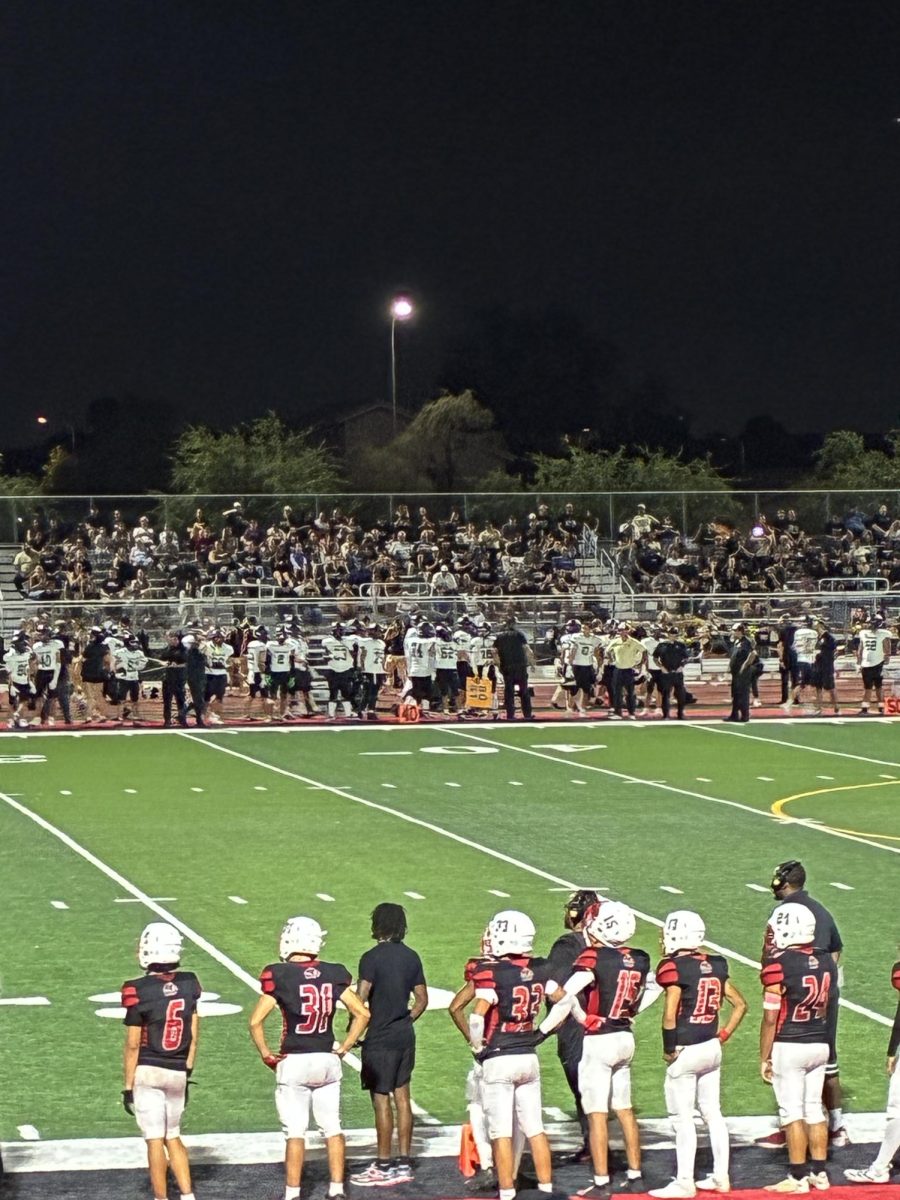

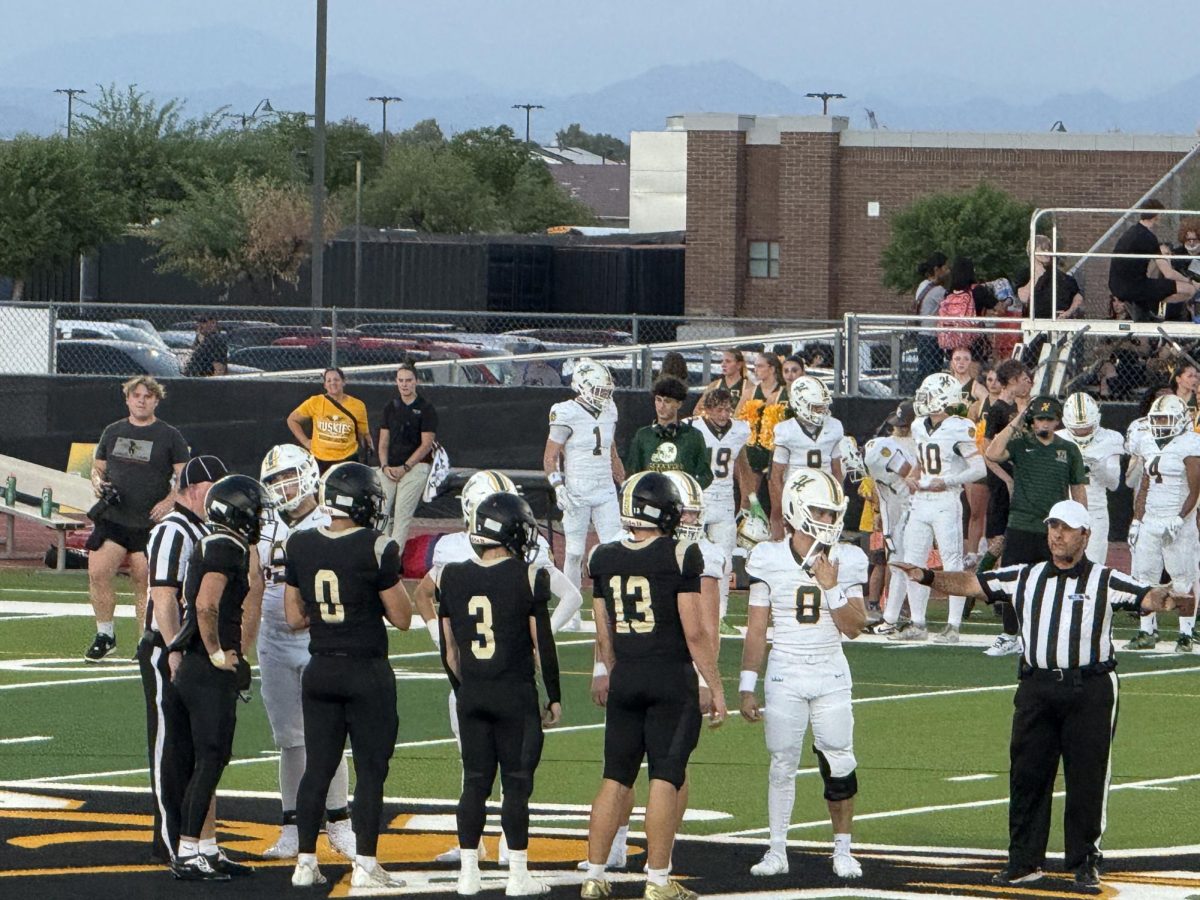
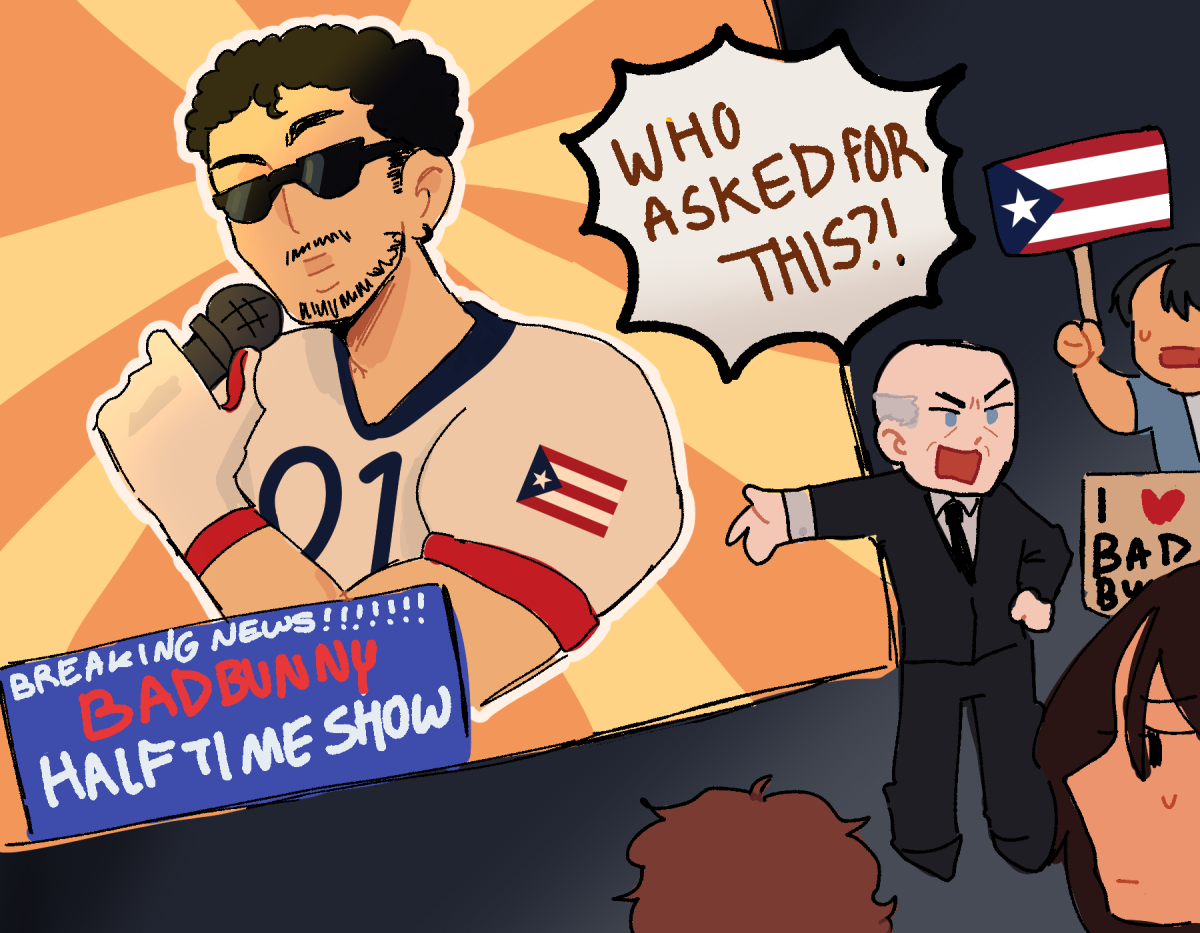

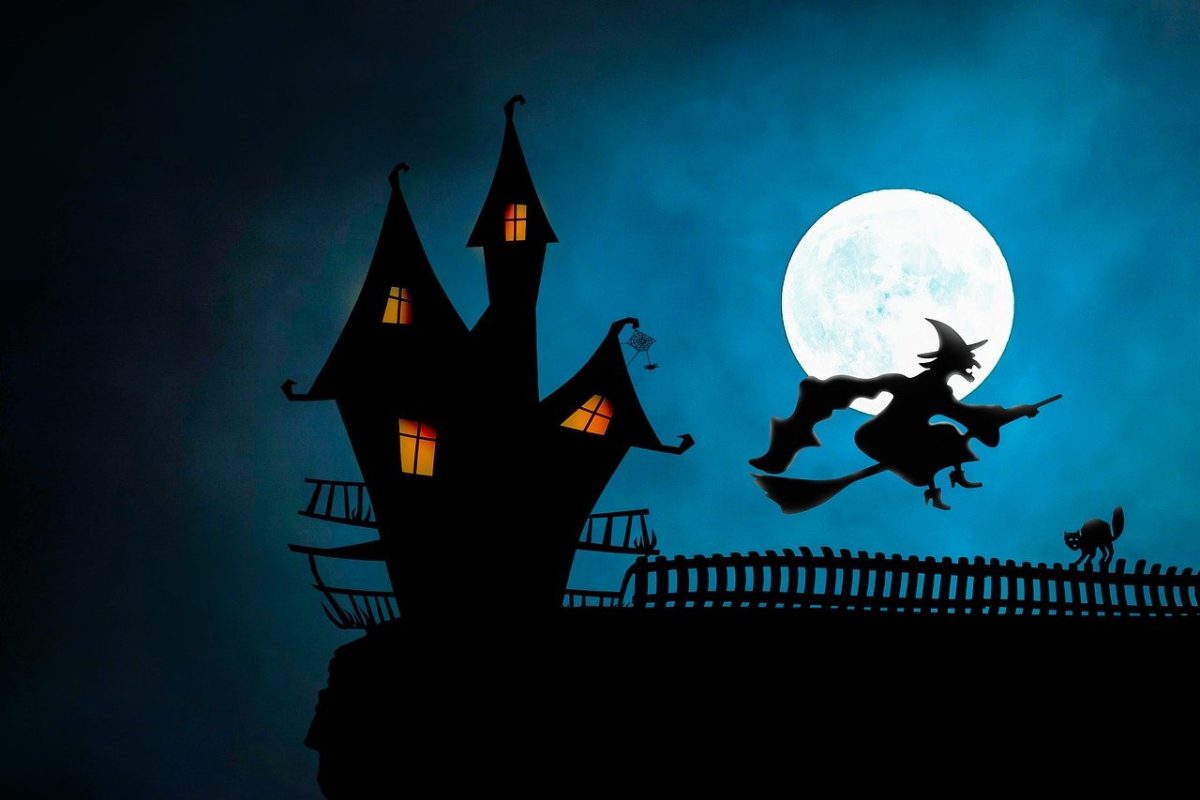

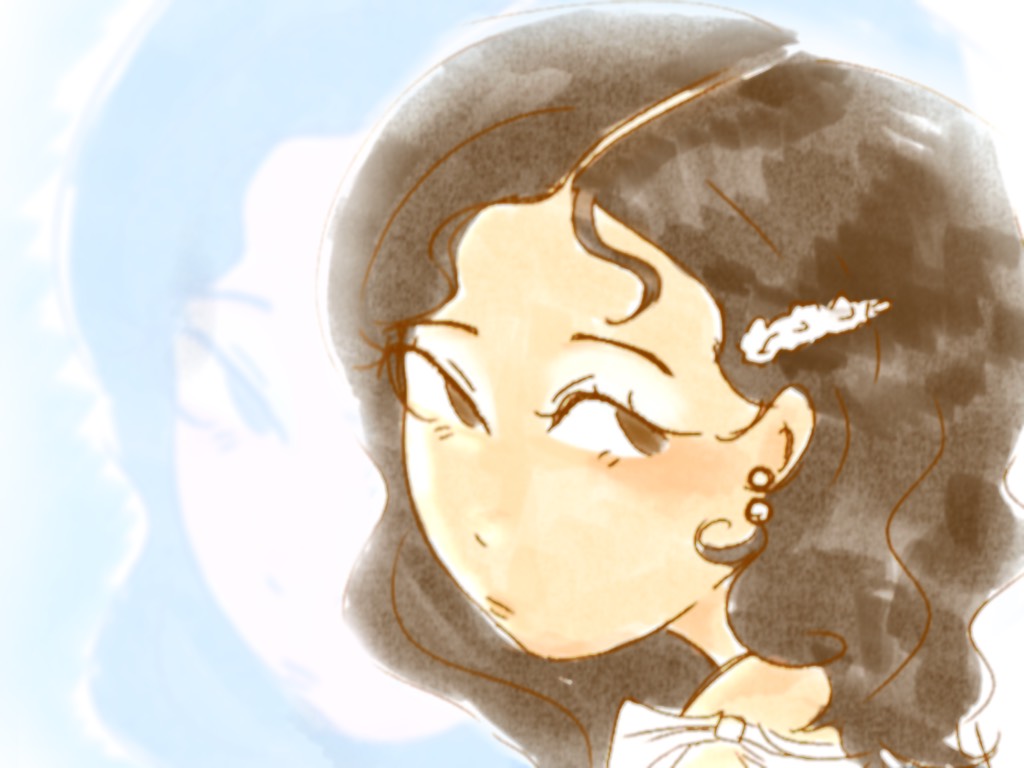

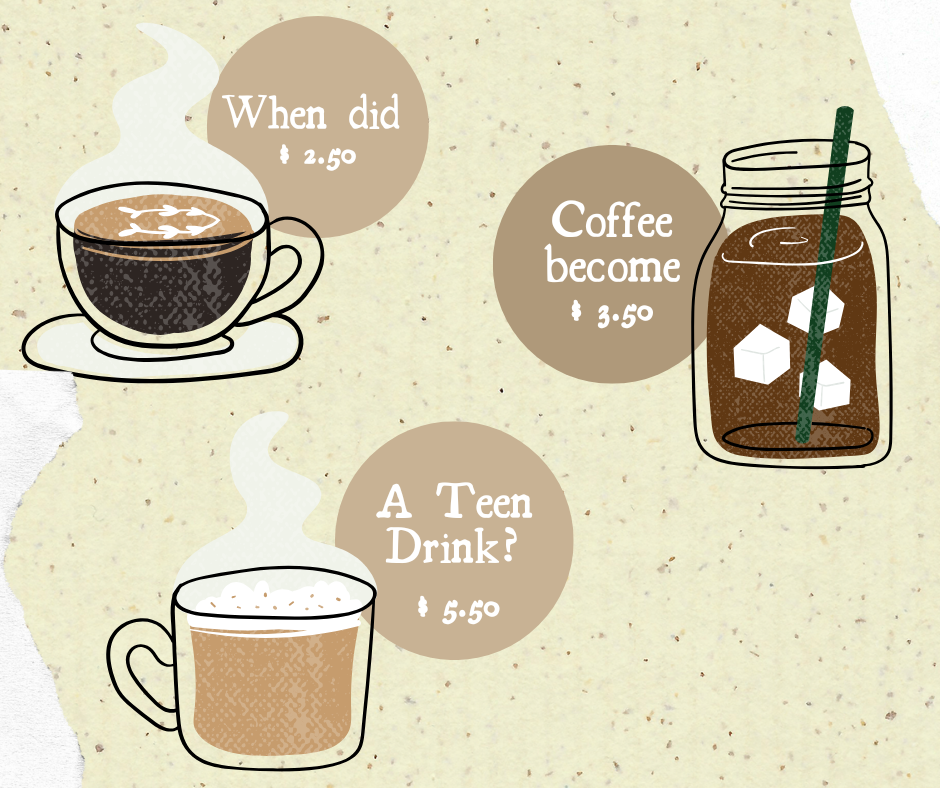
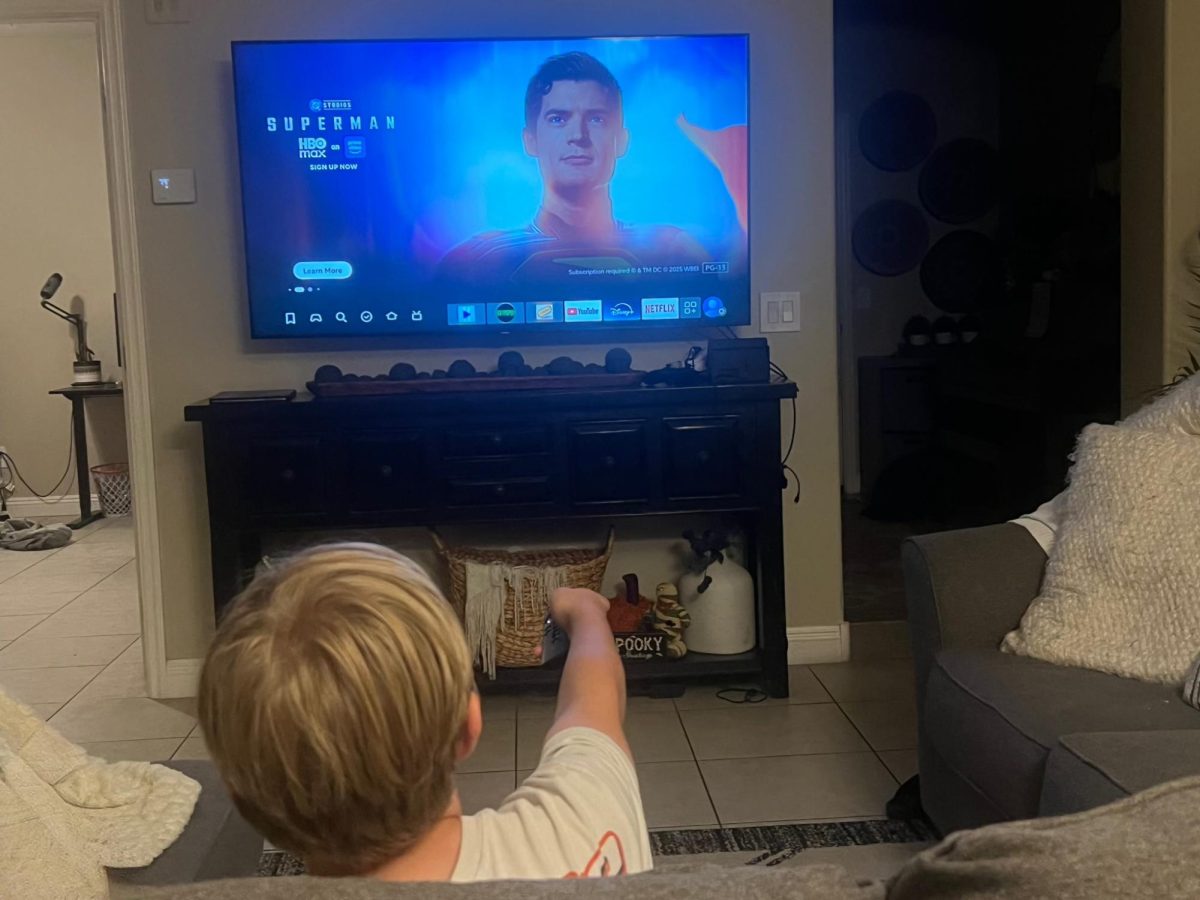
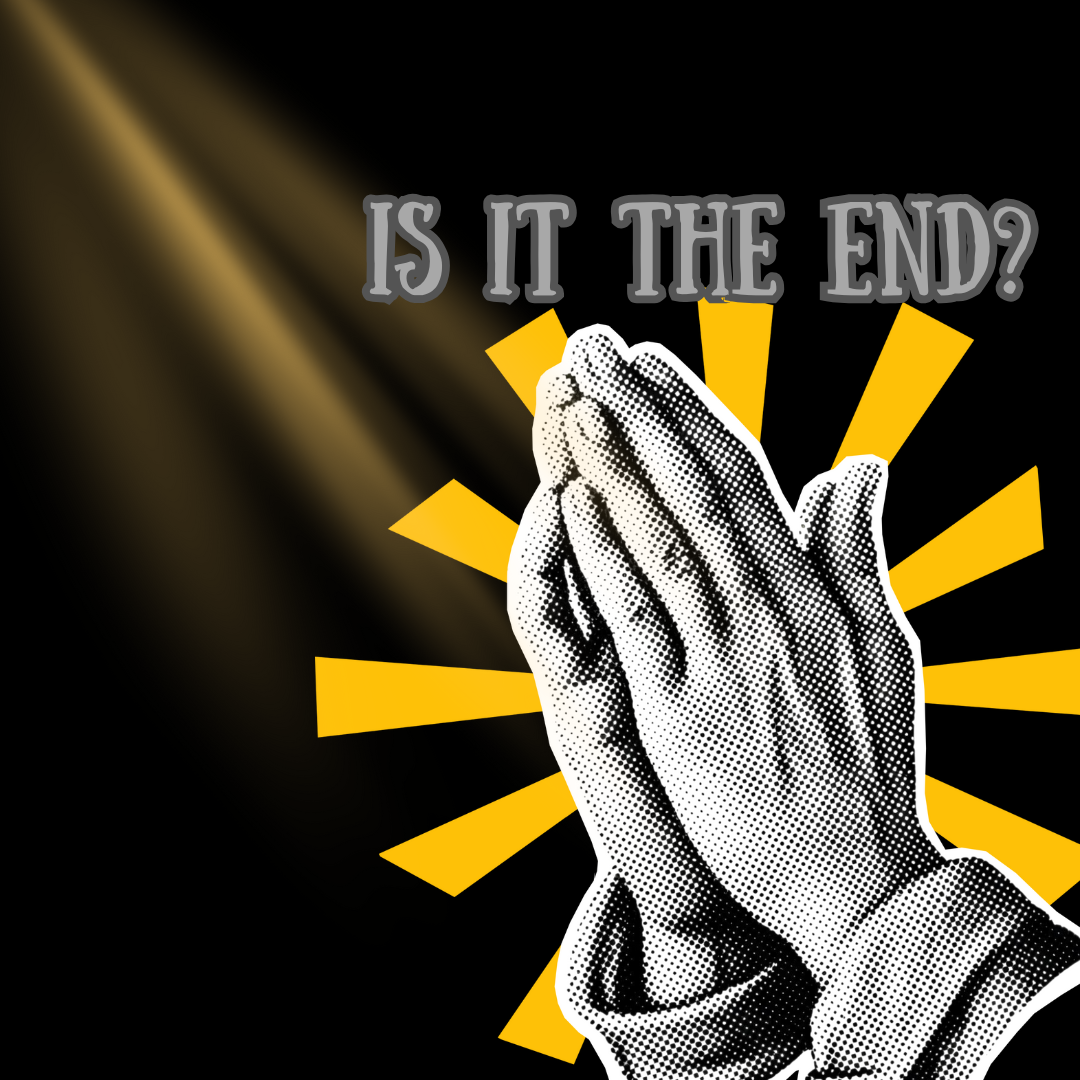
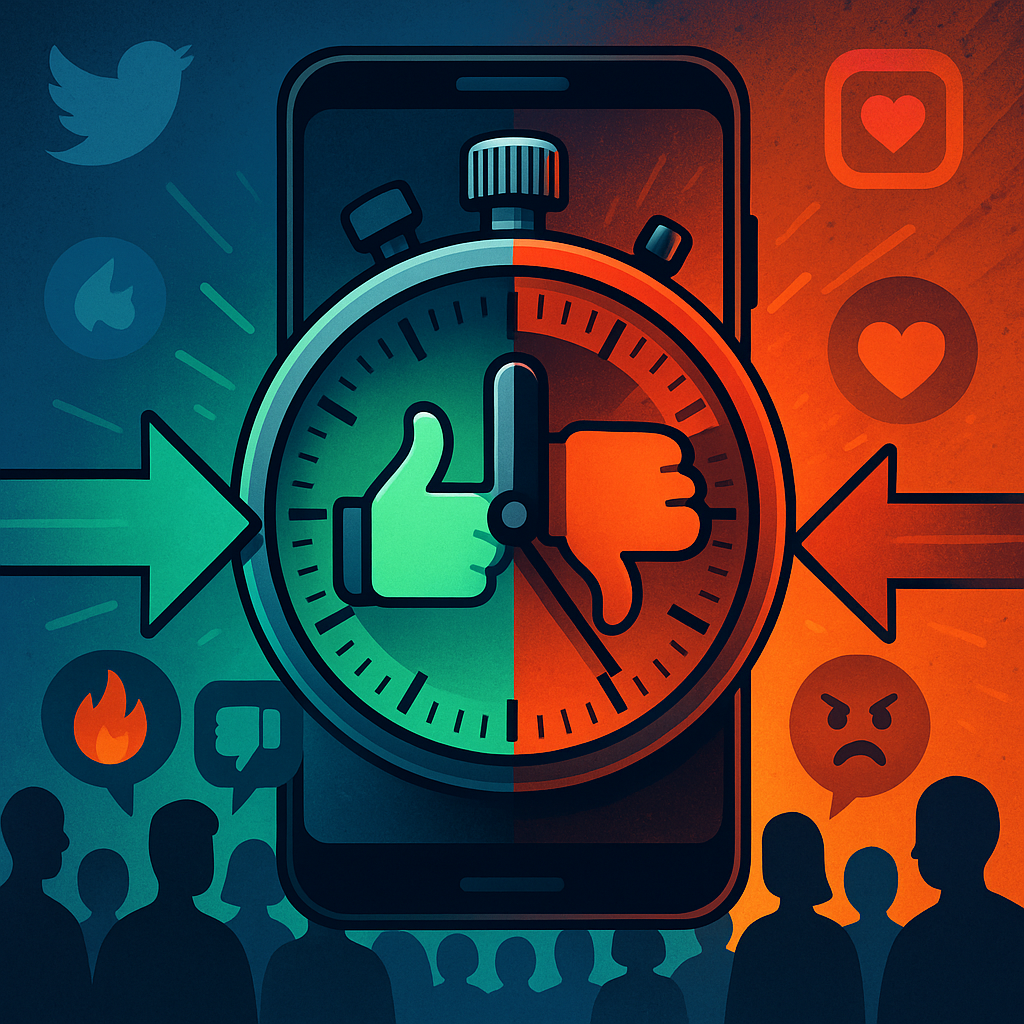
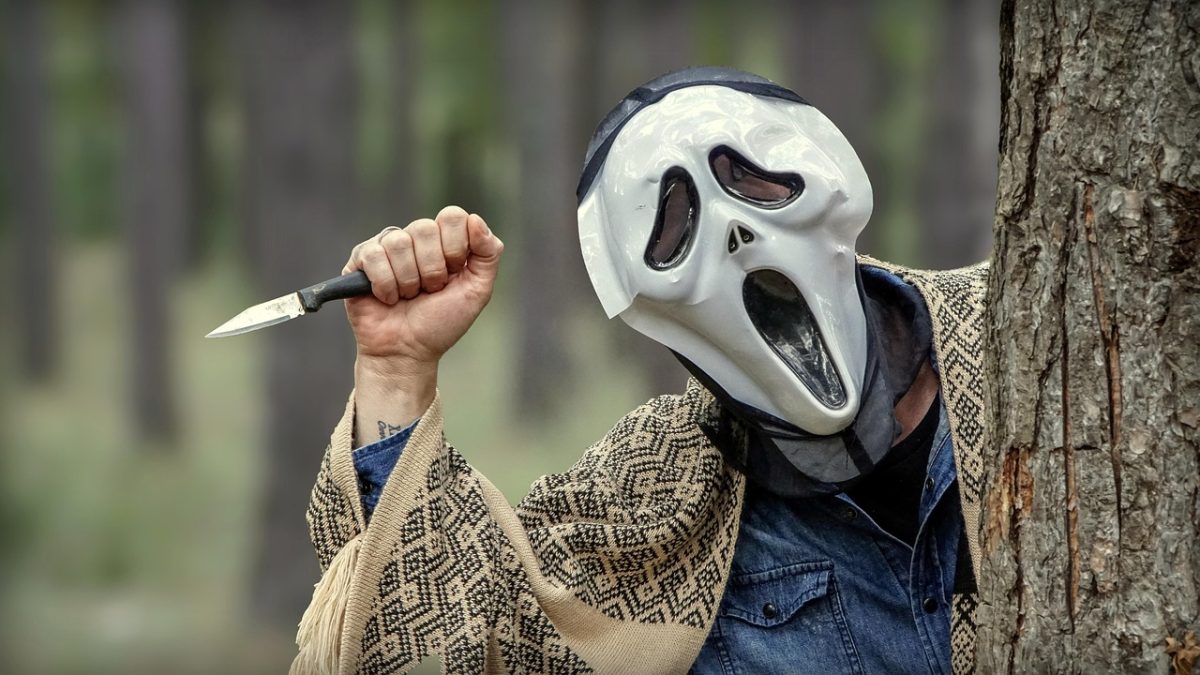






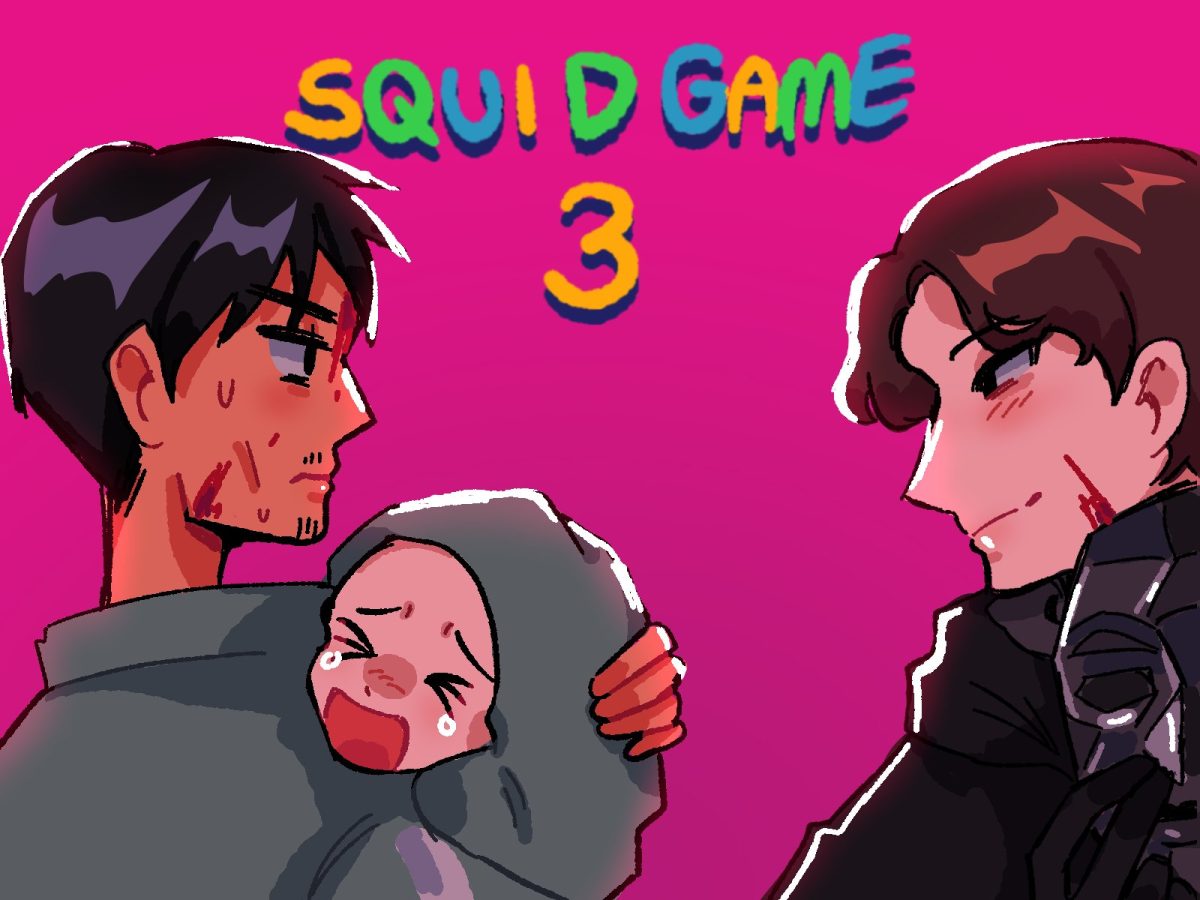
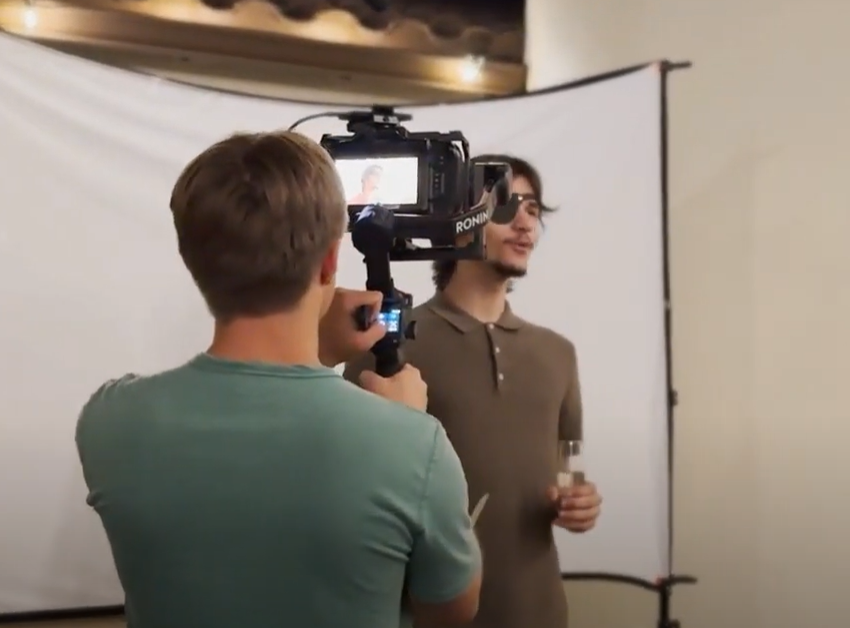



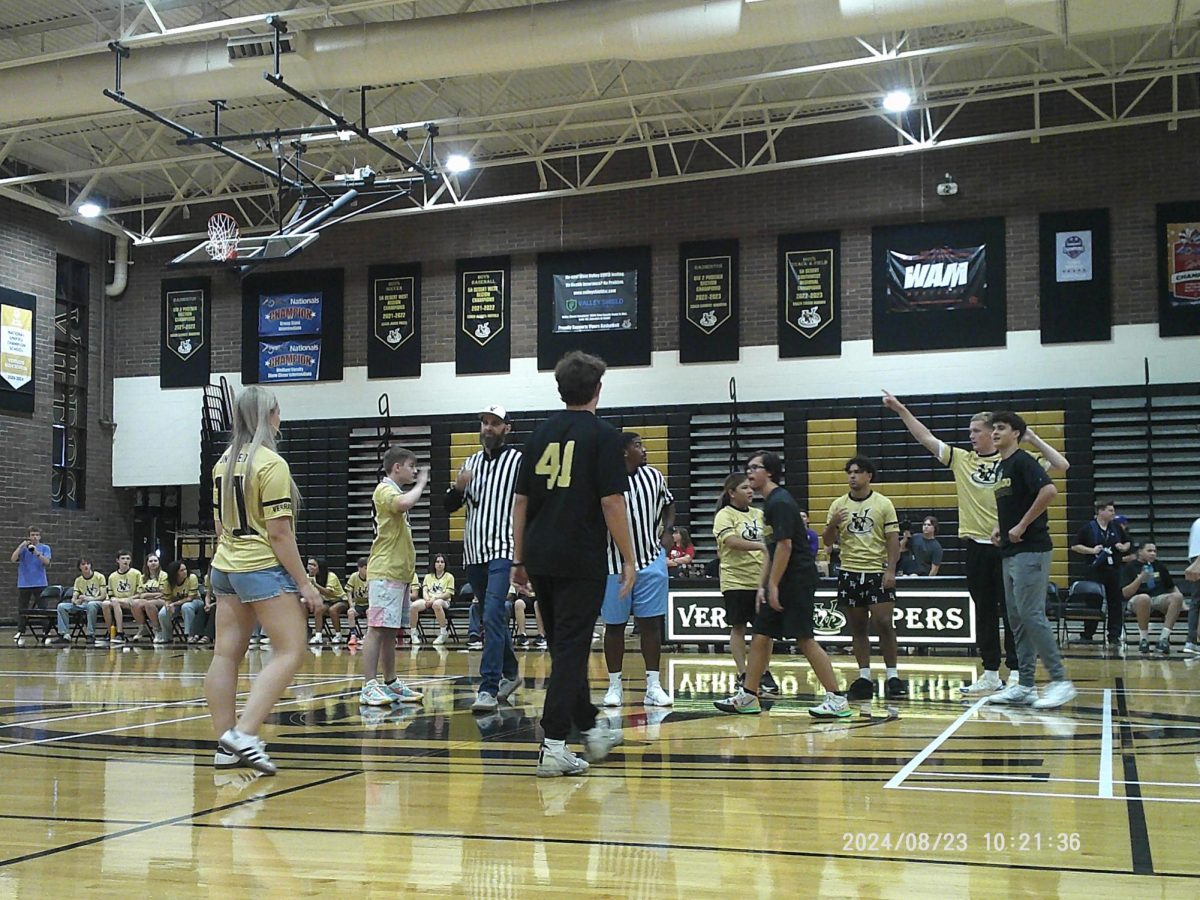


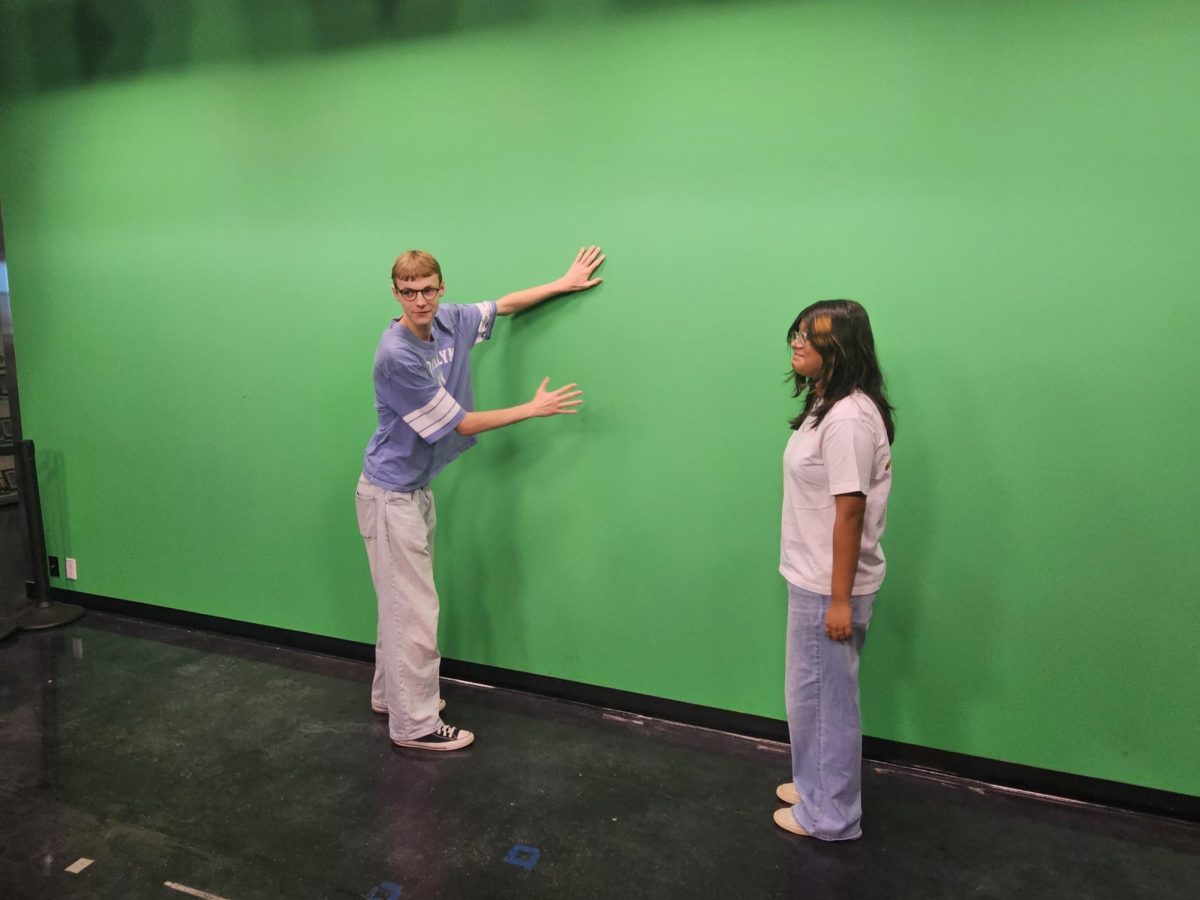

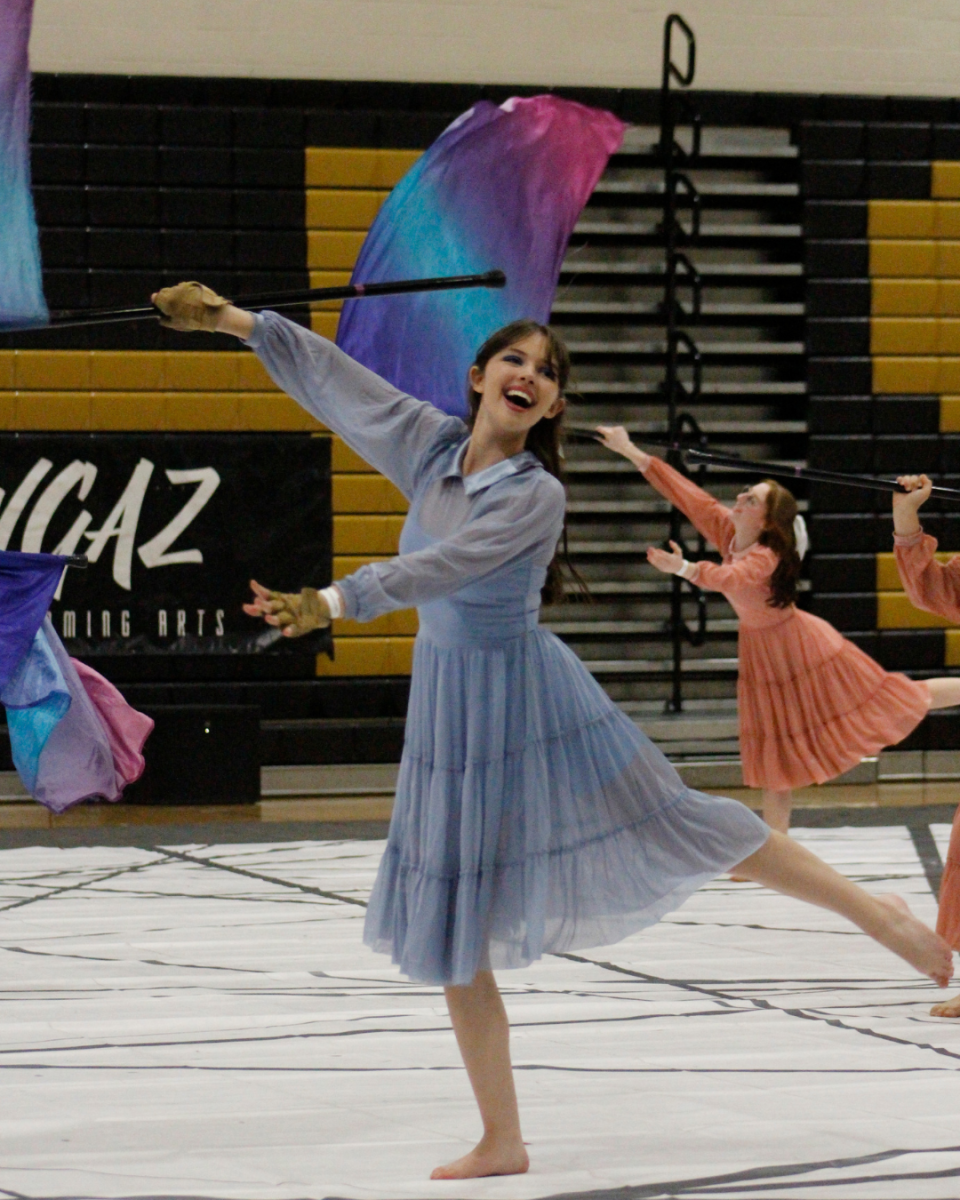



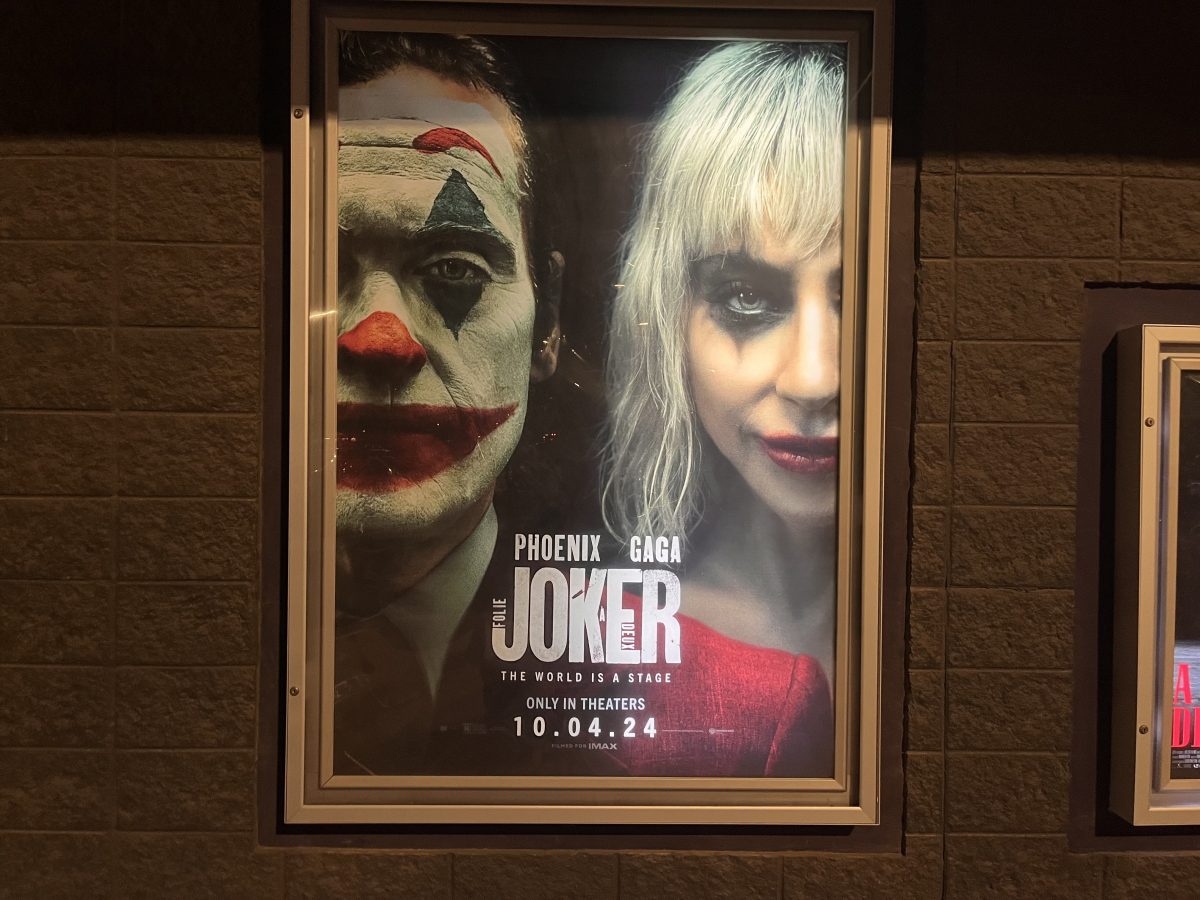
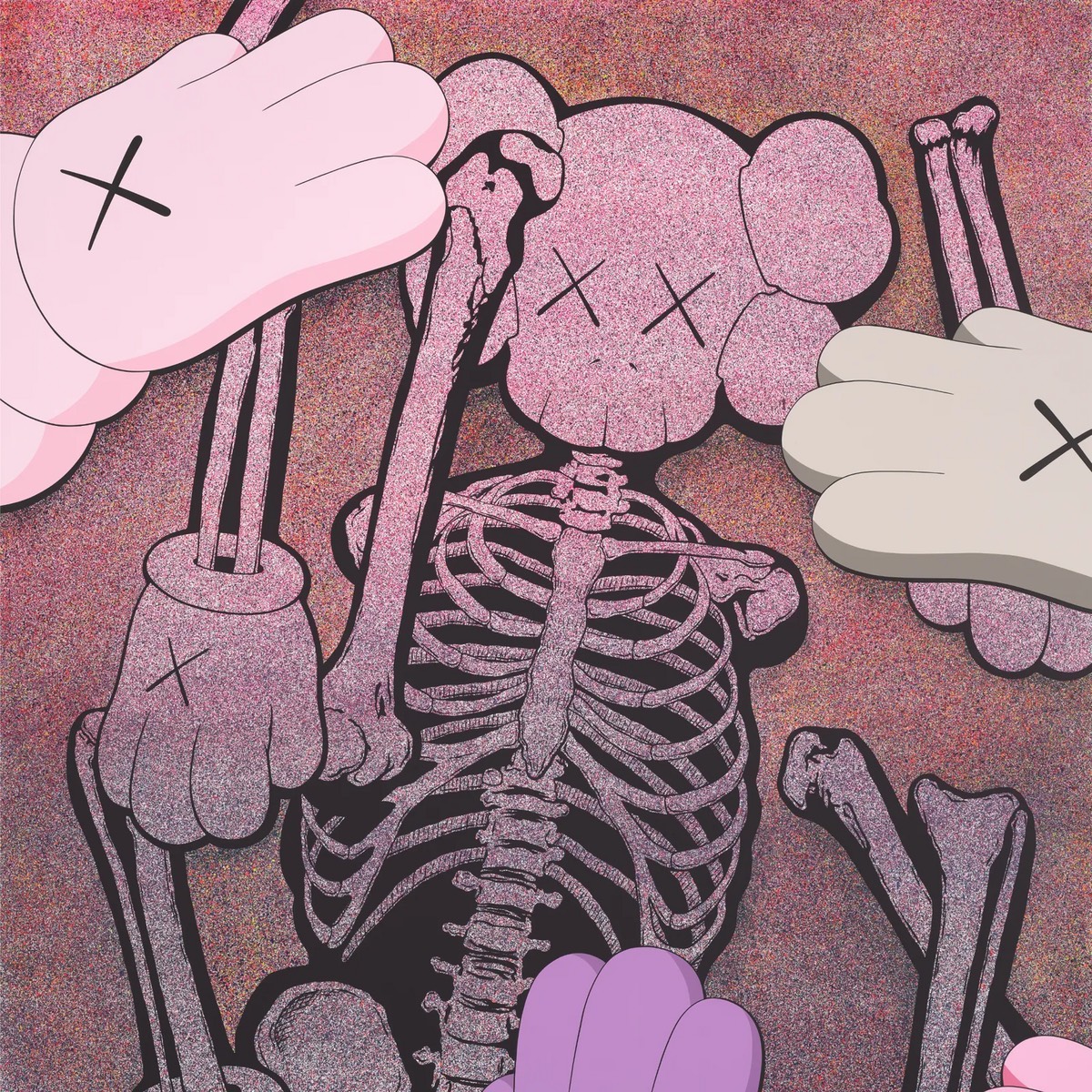
Magnolia • Nov 22, 2024 at 1:03 PM
The villain, Joker, is one of my favorite villains because of his interesting backstory. I like this article a lot because I agree with the writer about the movie not being great. What makes this article great is how the writer tells part of the movie that doesn’t correlate to the original Joker like how Joker and Harley Quinn meant. Very good job explaining the musical.
Freddy • Nov 22, 2024 at 9:43 AM
This article is really good because it gives you facts about the article and how a lot of viewers left during the movie because it was not what they expected. I love how this article gives me a view about the movie and from what I’ve read I don’t really want to go and see it because I’m really not a musical type. I love how they describe the movie as well as use facts about the director and how no one excepted this type of movie.